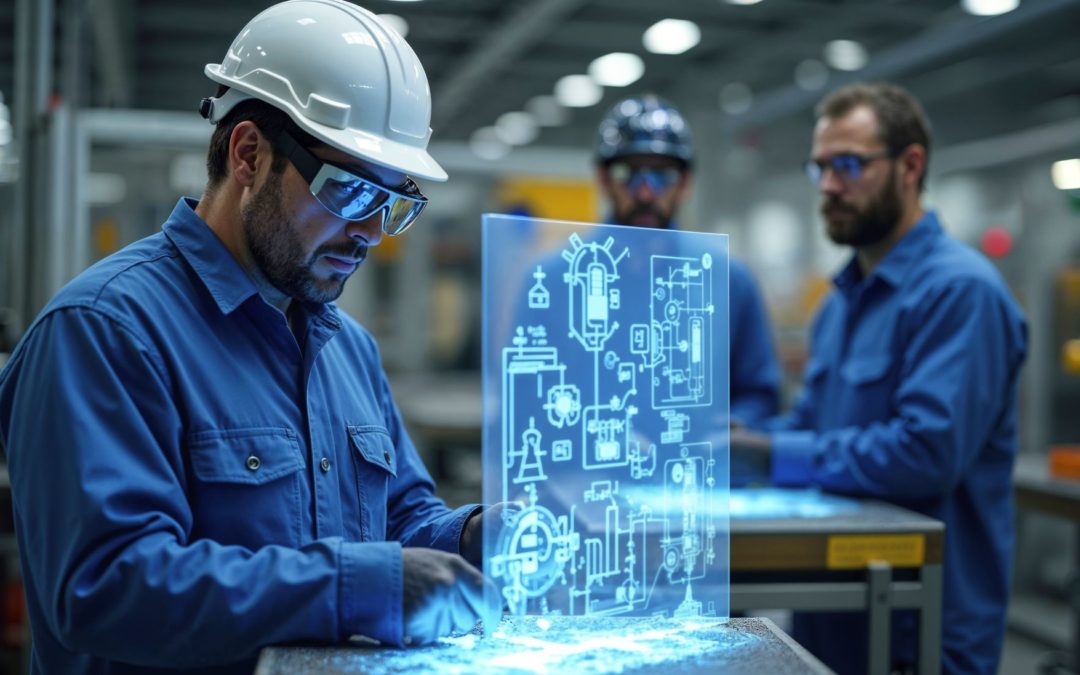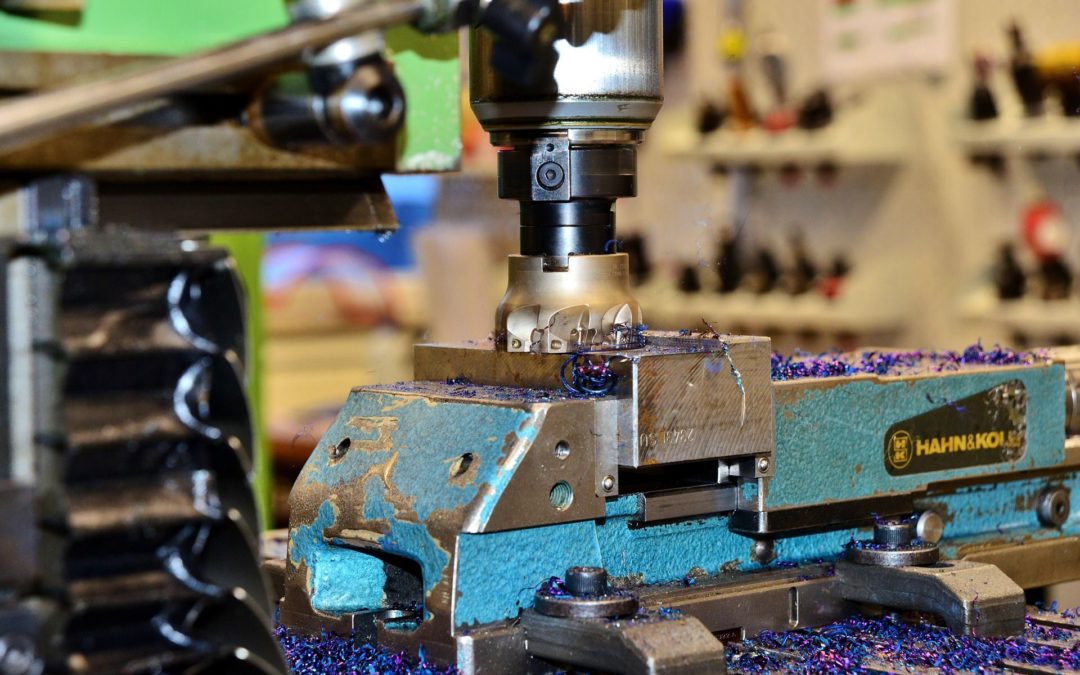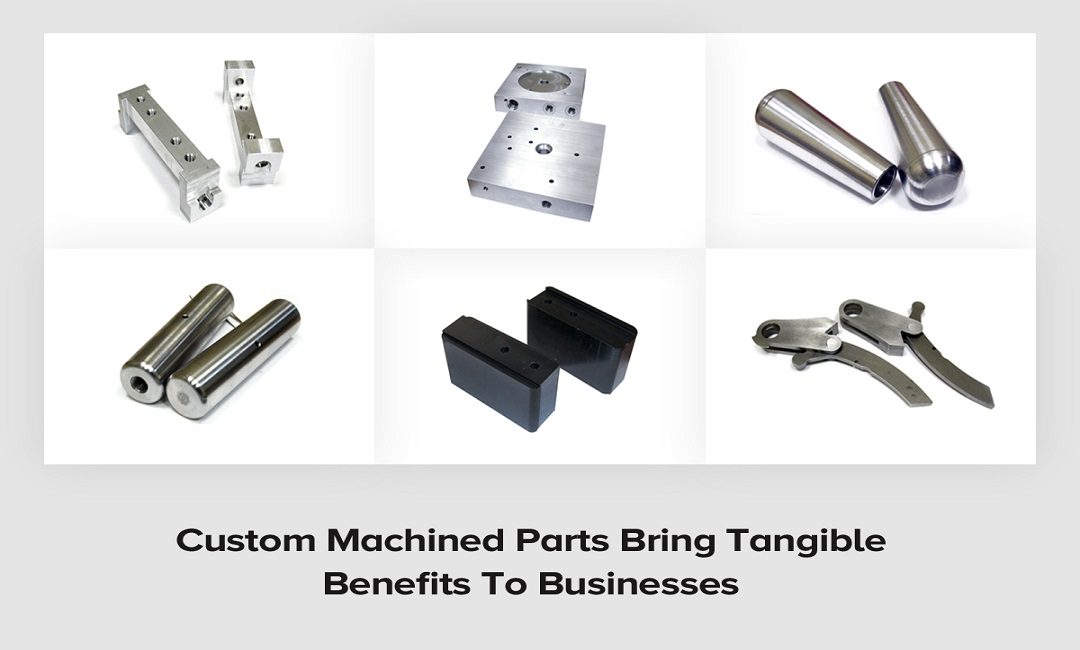In the world of industrial production, the art and science of machining play a pivotal role in transforming raw materials into finely crafted components that drive a multitude of industries.
CNC machining is suitable for a range of metals and other materials and machined parts can be fabricated quickly with no tooling required. These machined parts are prevalent across industries as they are cost-effective for demanding applications.
We at MDA know the importance of machining parts and components. We believe that every client has different needs and to fulfil them, we use intricate CNC machining parts that are ideal for the project.
In this guide, we are going to cover machining parts, types of machining parts, advantages, applications, and more.
What are CNC Machining Parts?
CNC machining parts can be made from various materials, including metals, plastics, and composites. The design specifications for these parts are programmed into the CNC machine, which then follows these instructions to cut, shape, and form the raw material into the desired final product. CNC machining is widely used in industries such as aerospace, automotive, medical, and electronics due to its ability to produce parts with tight tolerances and high accuracy.
Examples of CNC machining parts include:
- Precision Components
- Prototypes
- Tooling and Dies
- Custom Parts
Why use CNC Machining Parts?
There are plenty of reasons why industries, product designers and other professionals might use machining parts, as they offer plenty of flexibility. In short, machining parts have excellent strength and they can be made into a wide range of shapes.
Industries also use machining parts because machining is a tried-and-tested manufacturing technique that has been the industry standard for decades. Machining parts are therefore likely to meet industry-specific standards and certifications. Let’s first, check out the machining techniques and processes.
What are Machining Techniques and Processes?
Machining encompasses a variety of techniques and processes used to shape raw materials into finished parts and components. Here are some key machining techniques and processes:
#1. Turning
In turning, a workpiece rotates while a cutting tool removes material to create cylindrical shapes. This process is commonly used for producing shafts, rods, and other cylindrical components.
Applications: Turning is widely employed in the production of parts like bolts, screws, and bushings.
#2. Milling
Milling involves the use of rotary cutters to remove material from a workpiece, creating complex shapes, slots, and holes. It can be performed in various directions, including vertical, horizontal, and multi-axis milling.
Applications: Milling is versatile and manufactures components such as gears, brackets, and engine parts.
#3. Drilling
Drilling is a machining process that creates holes in a workpiece using a rotating drill bit. The drill bit is pressed against the workpiece to remove material.
Applications: Drilling is a fundamental process for creating holes in components like engine blocks, panels, and structural elements.
#4. Grinding
Grinding uses abrasive particles to remove material from a workpiece, achieving tight tolerances and smooth finishes. It is employed for precision machining where high surface quality is critical.
Applications: Manufacturers commonly use grinding for finishing operations on components such as bearings, molds, and cutting tools.
#5. CNC Machining
CNC (Computer Numerical Control) machining involves the use of computer programs to control machine tools. It includes processes like milling, turning, and drilling, and allows for precise and automated production.
Applications: Industries utilize CNC machining to produce complex and high-precision components.
#6. Laser Cutting
Laser cutting uses a focused laser beam to cut through materials. It is a non-contact process that produces clean and precise cuts.
Applications: Manufacturers widely use laser cutting to create intricate patterns and shapes in materials like sheet metal, acrylic, and wood.
#7. Electrical Discharge Machining (EDM)
EDM uses electrical discharges to remove material from a workpiece. It is suitable for machining conductive materials and can create intricate shapes with high precision.
Applications: Manufacturers often use EDM to produce molds, dies, and components with complex geometries.
What are the Advantages of Machining Parts?
Machining parts offers several advantages, making it a widely used manufacturing process across various industries. Here are some key advantages of machining parts:
#1. Precision and Accuracy
Machining processes, especially those involving CNC technology, offer high precision and accuracy. This is crucial for industries where tight tolerances and exact measurements are essential, such as aerospace and medical device manufacturing.
#2. Versatility in Materials
Machining can be applied to a wide range of materials, including metals, plastics, and composites. This versatility allows for the production of components with diverse material properties to meet specific application requirements.
#3. Wide Range of Applications
Machining is suitable for a broad spectrum of applications, from producing simple components to complex and intricate parts. It is employed in industries such as automotive, aerospace, electronics, and healthcare.
#4. Surface Finish Quality
Machining can achieve high-quality surface finishes, meeting aesthetic and functional requirements. This is important in industries where the appearance of the final product is a critical factor.
#5. Machining Complex Shapes
Machining processes, especially with advanced CNC technology, can create intricate and complex shapes that may be challenging or impossible with other manufacturing methods.
What are the Applications of Machining Parts?
Machining parts find widespread applications across various industries due to their versatility, precision, and ability to produce complex components. Here are some common applications of machining parts:
#1. Aerospace Industry:
Manufacturers extensively use machined parts in aircraft and spacecraft, including engine parts, structural elements, and intricate systems requiring high precision.
#2. Automotive Industry:
Machining is vital for producing automotive components, including engine parts, transmission components, brake systems, and various other precision parts used in vehicles.
#3. Medical Devices:
The medical industry relies on machining for manufacturing components such as implants, surgical instruments, prosthetics, and intricate medical device parts requiring high precision and biocompatibility.
#4. Electronics and Electrical Components:
Machining plays a crucial role in the production of electronic components, including connectors, circuit board parts, and housings for electronic devices.
#5. Industrial Machinery:
Manufacturers machine numerous parts in industrial machinery, such as gears, bearings, and shafts, to precise specifications to ensure smooth operation and efficiency.
How does MDA help with CNC Machining Parts and Components?
Opting for MDA for your CNC machining parts offers numerous advantages:
Precision and Accuracy:
MDA excels in the intricacies of CNC machining, utilizing cutting-edge machinery and extensive expertise to deliver parts with meticulous precision and exact dimensional accuracy.
Quality Assurance:
Rigorous quality control measures are integral to our processes, ensuring that each part not only meets but exceeds specified requirements while maintaining freedom from defects.
Experience and Skill:
With a wealth of experience, MDA possesses the necessary skills to proficiently handle intricate machining projects, encompassing multiple operations and specialized finishes with precision.
Material Selection:
MDA aids in the selection of materials tailored to your part requirements, considering factors like strength, durability, and dimensional stability to ensure optimal performance.
Cost Savings:
Choosing MDA for your machining needs translates into cost savings. Outsourcing to us alleviates the burden of equipment and personnel costs, mitigating the risks associated with production downtime and scrap expenses.
In conclusion, collaborating with MDA guarantees you access to expertise, operational efficiency, and superior quality, enabling the production of CNC machined parts that not only meet but exceed your specifications and deadlines.
Enhance precision and efficiency with MDA’s CNC machining. Elevate your manufacturing – Talk to our expert.
|






